Early last decade, Russian archaeologists discovered 34 shallow graves at Zeleniy Yar, the site of a medieval necropolis. They were forced to stop their excavations in 2002 due to objections made by locals living on the Yamal peninsula; they feared the archaeologists were disturbing the souls of their ancestors. But work has now resumed, including a genetic study of the remains.
This community was a trading crossroads of some importance around 1,000 years ago. Artifacts found at the site, including bronze bowls, originated in Persia some 3,700 miles (6,000 km) to the south-west and dating from the 10th or 11th centuries. One of the burials has been dated to 1282, but others are thought to be older.
The well-preserved corpses are quite extraordinary. The burial rituals, say the archaeologists, are unlike anything they've ever seen.
Eleven bodies were found with shattered or missing skulls and smashed skeletons. Five mummies were shrouded in copper and elaborately covered in reindeer, beaver, wolverine or bear fur. Lead researcher Natalia Fyodorova hypothesizes that the smashing of the skulls may have been done soon after death "to render protection from mysterious spells believed to emanate from the deceased."
The archaeologists found just one female, a child, her face masked by copper plates. Nearby were three copper masked infant mummies, all males; they were bound in several copper hoops measuring a few centimeters wide. Oddly, no adult women were found.
The corpse of a red-haired man was found covered from chest to foot by copper plating. Beside him lay an iron hatchet, furs, and a head buckle made of bronze depicting a bear.
Interestingly, the feet of the deceased were all pointing towards the Gorny Poluy River (probably out of spiritual significance).
The archaeologists also believe that the corpses were unintentionally mummified. From The Siberian Times:
Unlike other burial sites in Siberia, for example in the permafrost of the Altai Mountains, or those of the Egyptian pharaohs, the purpose did not seem to be to mummify the remains, hence the claim that their preservation until modern times was an accident.
The soil in this spot is sandy and not permanently frozen.A combination of the use of copper, which prevented oxidation, and a sinking of the temperature in the 14th century, is behind the good condition of the remains today.
Natalia Fyodorova, of the Ural branch of the Russian Academy of Sciences, said: 'Nowhere in the world are there so many mummified remains found outside the permafrost or the marshes.
'It is a unique archaeological site. We are pioneers in everything from taking away the object of sandy soil (which has not been done previously) and ending with the possibility of further research.'
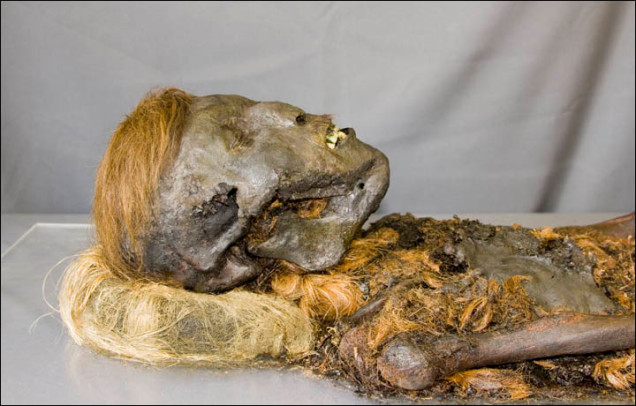
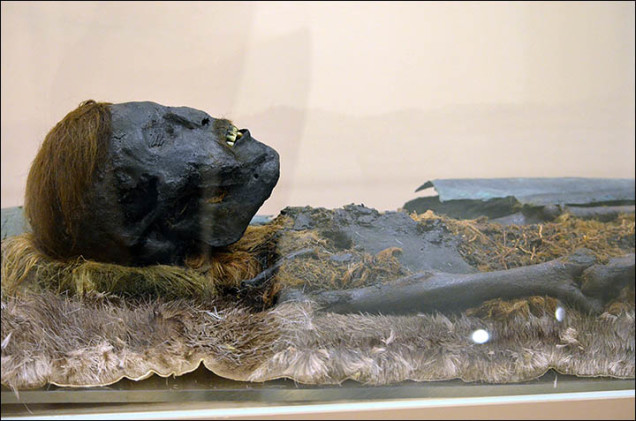
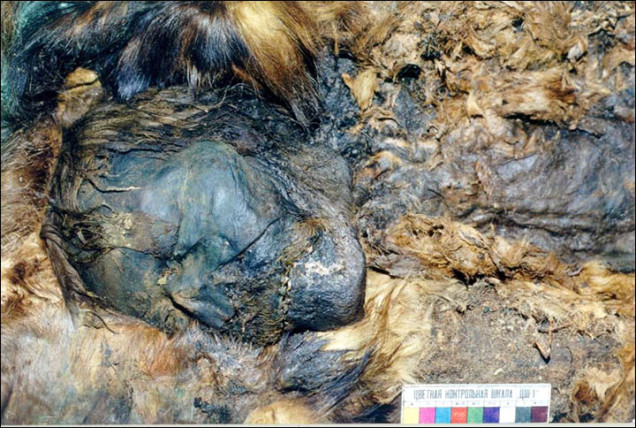
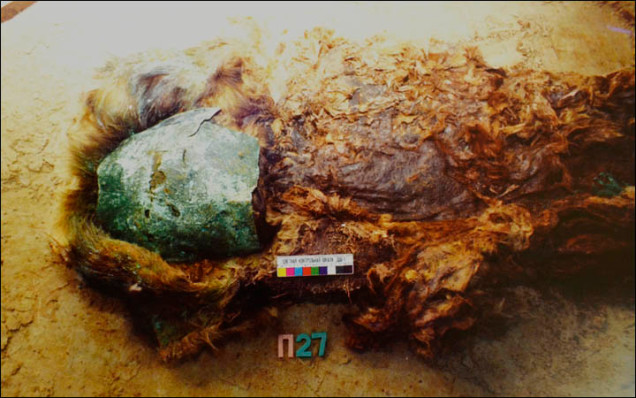
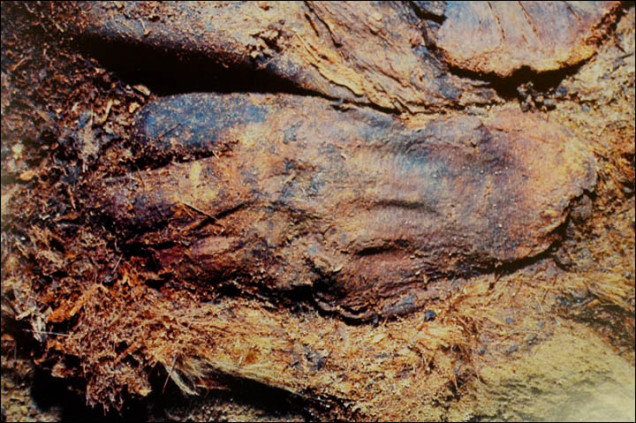
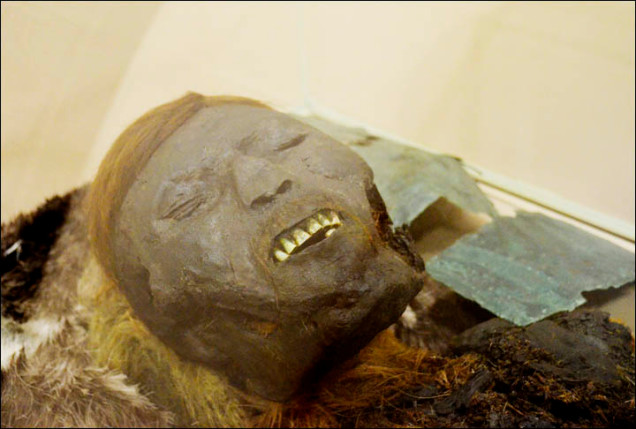
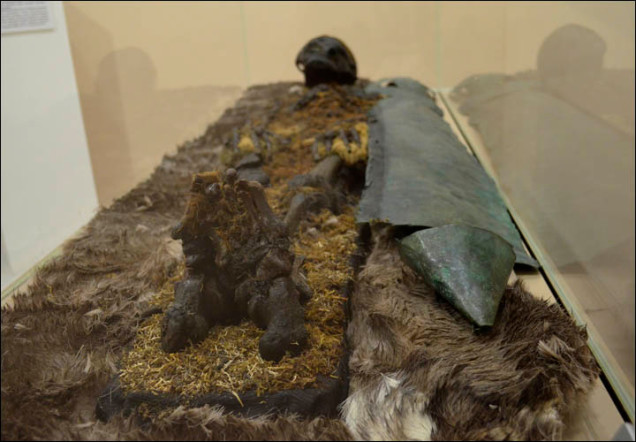



Must have been hunters rather than farmers, i guess.